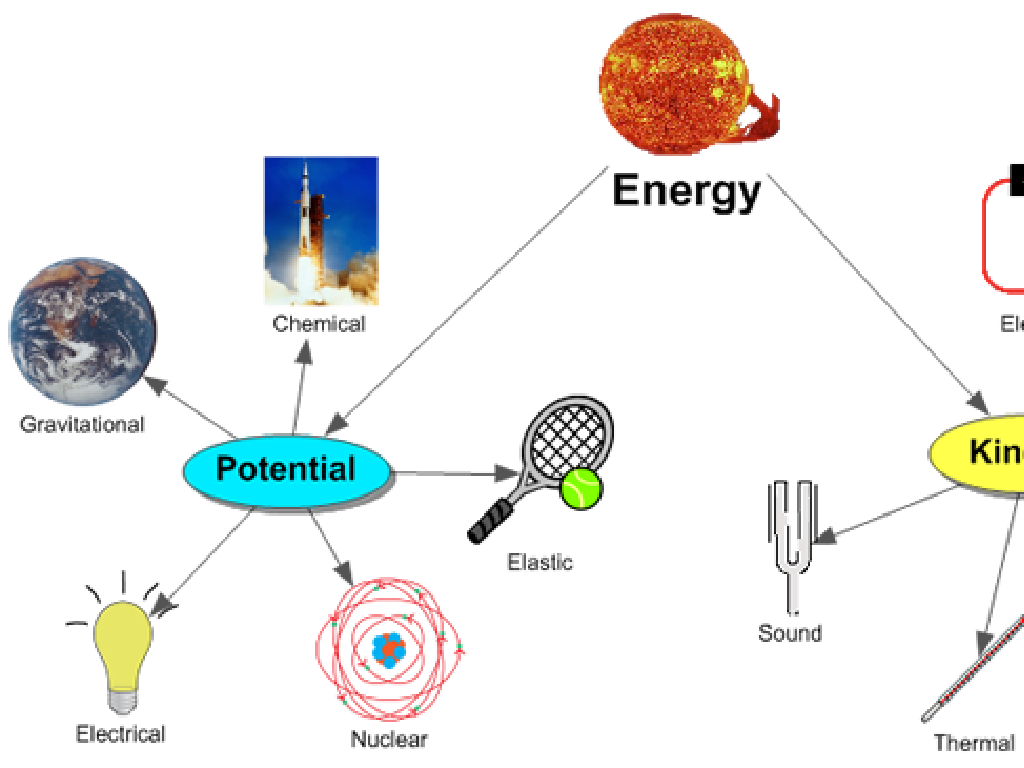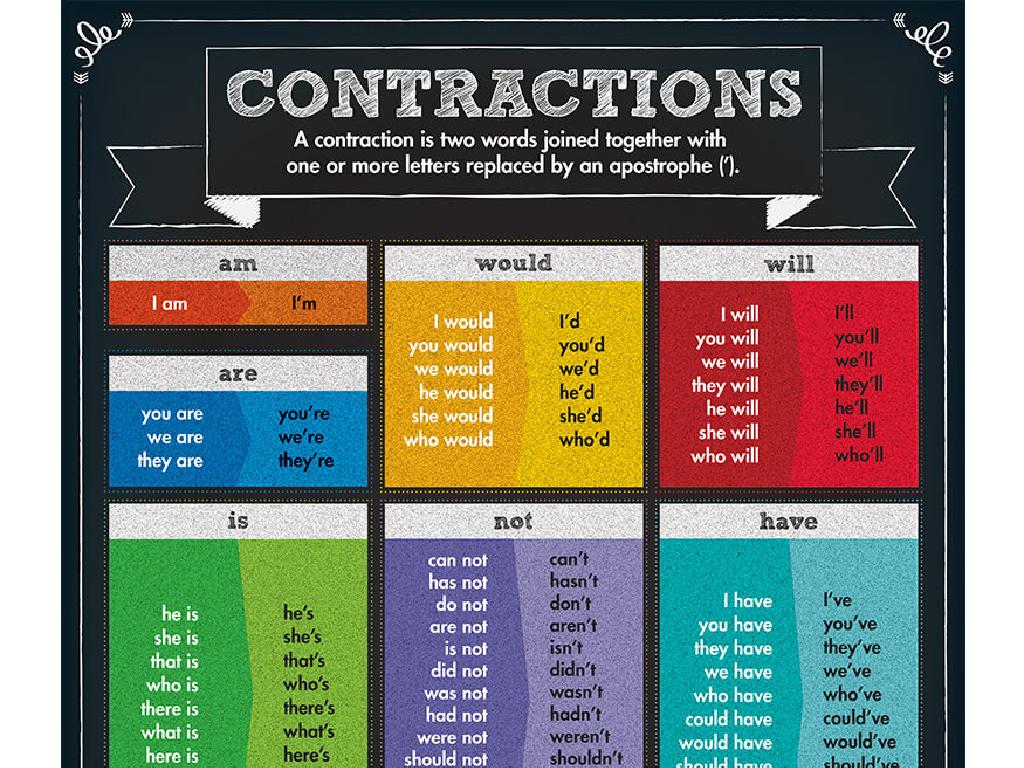Which Word Has More Syllables?
Subject: Language arts
Grade: Kindergarten
Topic: Syllables
Please LOG IN to download the presentation. Access is available to registered users only.
View More Content
Welcome to Syllables!
– Greet the day with a cheerful ‘Good morning!’
– Today’s fun: playing with words and sounds
– Learn what syllables are
– Syllables are like beats in music but for words
– Discover long and short words
– Clap along to find syllables and compare word lengths
|
This slide is designed to introduce Kindergarten students to the concept of syllables in a fun and engaging way. Start the class with a warm greeting to set a positive tone. Explain that syllables are parts of words and can be thought of as the beats in music, which will help them understand the rhythmic nature of syllables. Use clapping as a physical activity to help them identify syllables in words, which will also serve as a kinesthetic learning tool. Encourage the children to listen to the sounds of words and to clap for each syllable they hear, comparing which words sound longer or shorter based on the number of claps. This interactive approach will help them grasp the concept of syllables in a playful manner.
Learning About Syllables
– What’s a syllable?
– A syllable has one vowel sound
– Words have syllables
– Words can have 1 or more syllables
– Single syllable example
– ‘Cat’ has 1 syllable
– Multi-syllable example
– ‘Elephant’ has 3 syllables
|
Introduce the concept of syllables to the students by explaining that a syllable is a part of a word that contains a single vowel sound. Use simple examples like ‘cat’ to illustrate a single-syllable word and ‘elephant’ for a word with multiple syllables. Engage the class by having them clap once for each syllable in a word to help them understand and identify the number of syllables. This activity will make the learning process interactive and fun, aiding in their retention of the concept. Encourage the students to find more words and clap out the syllables at home with their family.
Listening to Syllables
– Say words out loud to find syllables
– ‘Sunshine’ has two parts: ‘sun’ and ‘shine’
– Like ‘sun’ [clap], ‘shine’ [clap], two claps for ‘sunshine’
– Clap for each syllable we hear
– Let’s practice listening together
– We’ll say words together and clap for each syllable
|
This slide is designed to teach Kindergarten students the concept of syllables through listening and clapping. Start by explaining that syllables are like beats in words and we can hear them when we say words out loud. Demonstrate with the word ‘sunshine’, emphasizing each syllable with a clap. Encourage the students to listen carefully and clap along as they break down the word. After explaining, engage the students in a group activity where they practice finding syllables in words by saying them out loud and clapping for each syllable. This interactive approach helps students understand the concept of syllables in a fun and memorable way.
Counting Syllables with Our Fingers
– Count syllables using fingers
– One finger for each syllable
– Practice with different words
– For example, ‘banana’ has three syllables: ba-na-na
– Let’s try together now!
– We’ll count syllables in class words like ‘cat’, ‘elephant’, ‘butterfly’
|
This slide is designed to teach Kindergarten students the concept of syllables and how to count them using their fingers. Start by explaining that syllables are like beats in words and each beat is one syllable. Demonstrate by slowly saying a familiar word and putting up a finger for each syllable you hear. Then, practice with the class using simple words, gradually increasing complexity. Encourage the students to listen carefully to the sounds and use their fingers to count. Make it interactive and fun by clapping hands or tapping the desk for each syllable. This activity will help them understand the concept of syllables and improve their phonological awareness.
Syllable Clapping Game
– Listen to two words
– Clap for each syllable
– Each clap represents one syllable
– More claps means more syllables
– Words with more claps have more parts
– Find the longer word
|
This interactive game is designed to help Kindergarten students understand the concept of syllables in a fun and engaging way. By clapping for each syllable, students can physically engage with the lesson, making it easier for them to grasp the abstract concept of syllabic division. Encourage the students to listen carefully as you say the words and to clap clearly for each syllable they hear. This will help them differentiate between words with fewer and more syllables. For example, compare the words ‘cat’ (one clap) and ‘butterfly’ (three claps). The activity should be conducted in a lively manner to maintain the children’s interest and enthusiasm.
Syllable Exploration: Butterfly
– ‘Butterfly’ breakdown
– ‘Butterfly’ has 3 parts: ‘but-ter-fly’
– Counting syllables together
– Let’s clap for each part: but-ter-fly
– Find longer words
– Can you think of a word with more than 3 parts?
– Share your words
– We’ll listen to everyone’s words!
|
This slide is aimed at helping Kindergarten students understand the concept of syllables by using the word ‘butterfly’ as an example. Start by breaking down ‘butterfly’ into its syllables and clapping along to each part to emphasize the separate syllables. Then, challenge the students to find words with more syllables than ‘butterfly’. Encourage them to clap out the syllables of their chosen words to ensure they understand the concept. Finally, create an opportunity for the students to share their words with the class, fostering a fun and interactive learning environment.
Class Activity: Syllable Hunt
– Let’s hunt for syllables!
– Find objects in our class
– Count the syllables you hear
– Clap out the sounds to count syllables
– Share your findings with us
|
This activity is designed to engage Kindergarten students in identifying syllables by using a fun and interactive syllable hunt in the classroom. Encourage the children to look for objects they are familiar with and then count the syllables by clapping for each syllable they hear in the word. For example, ‘desk’ has one syllable, ‘computer’ has three syllables. Teachers should circulate around the room to assist students as needed and ensure that each child has an opportunity to participate. Possible variations of the activity could include having students draw the objects they find and label them with the number of syllables, or work in pairs to find and discuss the syllables in different objects.
Syllable Superstars!
– Congrats on learning syllables!
– Syllables are word beats
– Like the rhythm in music, but for words!
– Clap out syllables at home
– Try with words like ‘banana’ (ba-na-na)
– Keep practicing with fun words!
|
Well done teaching syllables! Reinforce the concept that syllables are like the heartbeat of words, breaking them into smaller, rhythmic parts. Encourage the kids to practice by clapping along to the syllables in words they love, which could be anything from their favorite toys to characters from stories. This kinesthetic activity helps solidify their understanding and makes learning interactive and fun. Keep the energy high and praise their efforts to motivate them to continue practicing at home.





